
A copperhead snake bite requires prompt medical treatment, because this snake's venom is toxic and causes extreme pain. Although a copperhead snake bite is rarely fatal, it may be life-threatening to pets.
Copperhead Snakes: An Overview
Copperhead snakes are native to the eastern part of the United States. They are pit vipers, which means they locate their prey by using two heat sensing pits positioned between their eyes and nostrils.
The color of a copperhead snake can vary from bright copper to dark brown with dark colored bands across the back and sides. The tip of a copperhead's tail is usually yellow or greenish. Adult copperhead snakes can reach 2 to 4 feet in length.
Copperhead snakes occupy a variety of habitats, but they are mostly found in deciduous forests and woody areas. They also prefer to live among rocks, near ponds or streams, outcroppings and rock ledges.
Copperhead snakes thrive on small rodents, birds, lizards, frogs, spiders and other snakes. They usually do not bite unless a person gets very close to them or steps on them. They use their bite as a last defense. The bite of a copperhead snake is extremely painful, but with proper treatment the pain of the bite can be relieved.
Copperhead Snake Bite
Only about 38% of copperhead snake bites in the United States get reported, and that is because copperheads are among the least venomous and dangerous snakes in the US. A bite will not usually cause serious complications.
The bite from copperheads is the most common snake bite in the eastern US since these snakes are frequently found near human habitats. Small copperhead snakes can be seen anywhere from gardens, flower beds, cars, porches and even in houses. Copperhead snakes are one of the least venomous snakes in the US but even the smallest copperhead is capable of inflicting a painful bite.
Symptoms of a Copperhead Snake Bite
A copperhead snake bite can cause intense pain, inflammation, skin that changes color, skin infection, abnormally low blood pressure, severe nausea and vomiting. Throbbing of heart and increased pulse rate are also present in some cases. There is a general pain in all limbs. Lack of blood clotting too results from copperhead snake bite. Severe damage to body muscles and bone tissues can occur if the bite is on the hands or feet because these areas do not have enough muscle mass to absorb the venom. In some cases, shock can result from a copperhead snake bite.
Treatment for s Copperhead Snake Bite
A copperhead snake bite is, fortunately, very seldom fatal in humans, but in animals, immediate treatment for the bite is necessary since this snake's bite may severely affect the animal’s health.
If you get bitten by a copperhead snake, immobilize the bitten area to reduce blood supply to the area. Stay calm because that way the venom will not spread through the body. Do not apply ice on the site and do not suck the venom out. In fact, uo to date research suggests that medical attention is rarely required after a copperhead snake bite, other than simple monitoring of the patient's symptoms — so there is no need to panic, but do absolutely see a doctor if you aren't sure what kind of snake bit you or if you experience worrying symptoms like severe weakness.
If your pet receives a copperhead snake bite, take it to the veterinarian immediately.
- www.cdc.gov/niosh/topics/snakes/default.html
- medlineplus.gov/ency/article/000031.htm
- https://www.sciencedirect.com/science/article/abs/pii/S107275151100007X
- www.flickr.com/photos/95118988@N00/2905523723




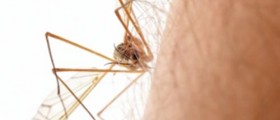


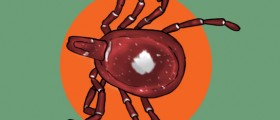

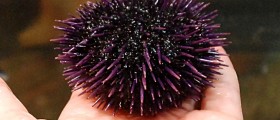




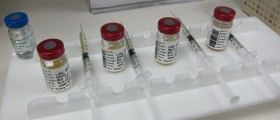
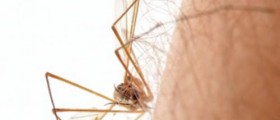
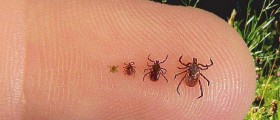
Your thoughts on this
Loading...